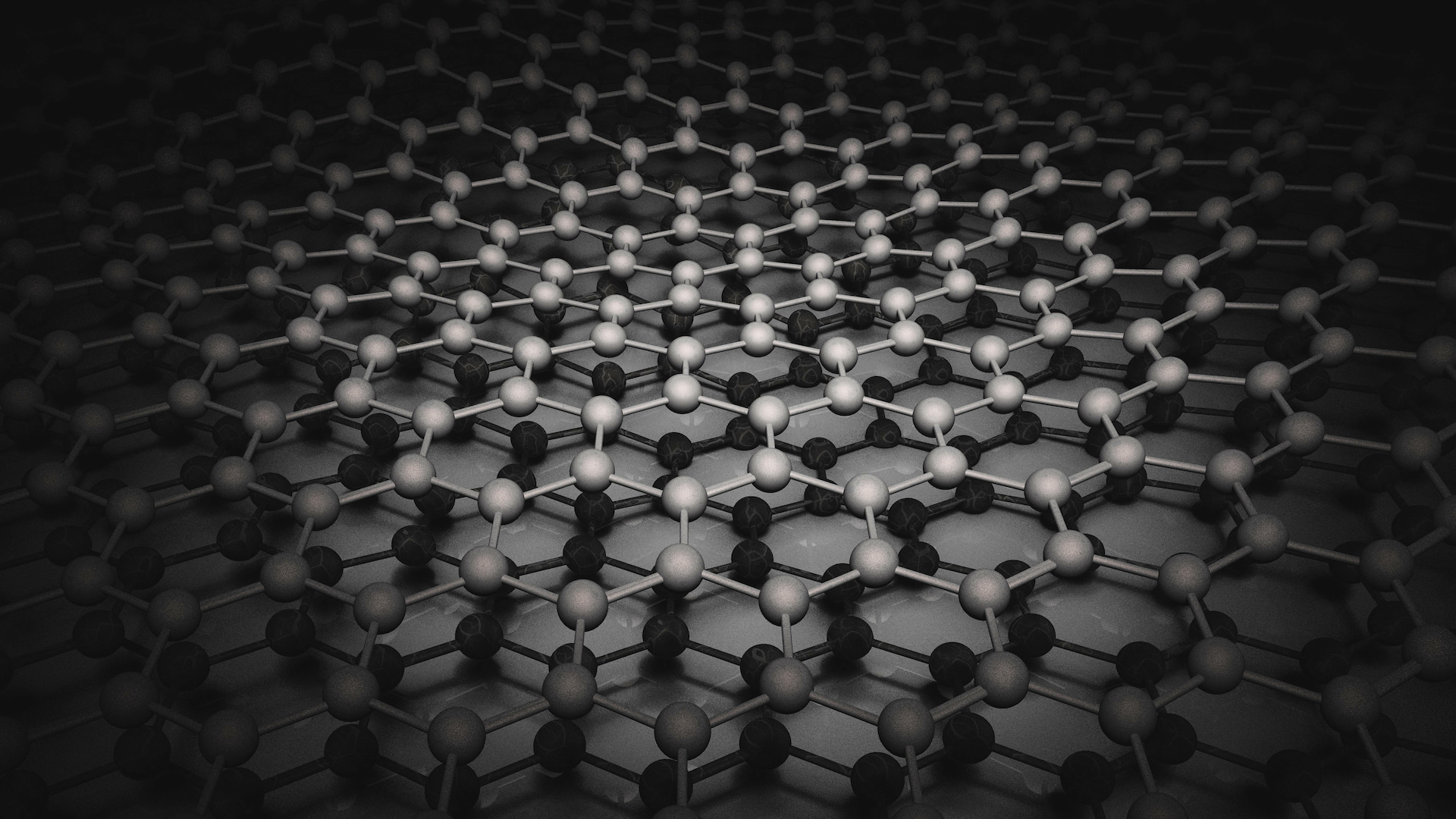As we stand on the brink of the future, peering into the enticing vista of progress that lies ahead, we find ourselves on the threshold of a new era. Scientists and researchers across the globe have dubbed this era, ripe with potential and laden with expectations, as the ‘Age of Graphene’. For centuries, human civilization has ridden on the crest of relentless innovation, with an ever-deepening understanding of materials serving as the engine of our progress. From the humble simplicity of Stone to the enduring versatility of Iron, and most recently, the electronic revolution borne of Silicon, we have consistently capitalized on our material knowledge to catalyze epochal shifts in human society. But today, as we eagerly anticipate the advent of Graphene, we realize that we stand on the precipice of a revolution that might eclipse all those that have come before.
Graphene, a seemingly innocuous derivative of the graphite that is found in the modest pencil, was first isolated by two intrepid scientists at the University of Manchester in 2004. A closer look at this material reveals an array of carbon atoms, meticulously arranged in a hexagonal lattice that mirrors the intricate design of a honeycomb. Despite being merely an atom thick, rendering it essentially two-dimensional, this material hides an astonishing range of attributes beneath its unassuming exterior.
The applications of Graphene, much like its incredible properties, span an astounding array of fields. Its unrivaled strength, exceptional conductivity, and remarkable transparency could revolutionize everything from electronics to biomedicine, from water purification to renewable energy. The promise of Graphene in our future energy landscape is perhaps the most thrilling aspect of this material, and leading the charge in this arena is the Neutrino Energy Group, on a mission to harness Graphene’s extraordinary properties to spark a revolution in energy technology.
Before we delve into this game-changing innovation, it is essential to understand the elusive particles that are the linchpins of this energy revolution: Neutrinos. Once considered ethereal entities without mass as per the Standard Model of particle physics, neutrinos were believed to traverse the universe without making an impact. This notion was spectacularly overturned when physicists Takaaki Kajita and Arthur McDonald made the groundbreaking discovery that neutrinos indeed possess mass, a revelation that not only secured them the 2015 Nobel Prize in Physics but also implied the existence of new physics beyond the Standard Model.
The ramifications of this discovery are profound, particularly when viewed through the prism of Einstein’s celebrated equation, E=mc^2, which postulates that mass can be transmuted into energy. With this newfound understanding that neutrinos have mass, it became apparent that they also have energy. But how could this seemingly inexhaustible energy source be tapped? This question set off an electrifying race in the scientific community, a race that the Neutrino Energy Group was determined to win.
The solution they devised was breathtakingly elegant. A patented metamaterial, a meticulous composite of wafer-thin layers of Graphene and Silicon, served as a resonant system on the quantum level. This composite vibrates when bombarded by neutrinos and other non-visible radiations, and these minute but ceaseless vibrations are converted into electrical energy, exploiting the exceptional conductivity of Graphene.
The Neutrino Power Cube, a compact autonomous power generator, is the embodiment of this revolutionary neutrinovoltaic technology. As a testament to the transformative potential of ambient energy conversion, the Neutrino Power Cube can deliver a steady energy output of approximately 5-6 kW, unaffected by fluctuations in weather conditions or the diurnal rhythm of day and night. Its resilience and versatility make it an invaluable asset in situations where traditional power sources are inaccessible or impractical.
But the ambitions of the Neutrino Energy Group extend far beyond stationary power generation. They envision a future where their innovative technology drives the transportation sector, a vision incarnated in the Pi Car, a prototype vehicle currently under development. The car integrates the same metamaterial composite into its bodywork, which generates energy by interacting with various environmental sources, producing an electron stream or direct current. The resulting energy is stored in cutting-edge supercapacitors and batteries, managed by an artificial intelligence-optimized unit that oversees propulsion.
This setup heralds a paradigm shift towards energy-autonomous vehicles, reducing dependence on conventional fuel sources or charging infrastructure. It underlines the transformative potential of Graphene, and brings us one step closer to a future where vehicles, like the Pi Car, generate their own energy from ambient environmental sources.
With Neutrinovoltaic technology as their linchpin, the Neutrino Energy Group is spearheading a seismic shift in energy production. The collection and conversion of neutrinos and other non-visible radiations into usable energy represent a monumental stride towards a future of energy autonomy. The implications of this breakthrough are staggering, envisaging a world unshackled from the constraints of conventional energy sources, and entering an era powered by clean, sustainable, and ubiquitous energy.
In conclusion, as we usher in the Age of Neutrinovoltaic technology, we are not merely welcoming a new material into our midst, but we are embracing a new ethos. This ethos is one of constant innovation, of sustainability, of autonomy. It’s an ethos that embodies our collective aspiration to build a better future for our planet and our species. As we embark on this exciting journey, we realize that just as stone, bronze, iron, and silicon have shaped our past, Graphene holds the potential to illuminate our path into the future.


